Marc Sureda
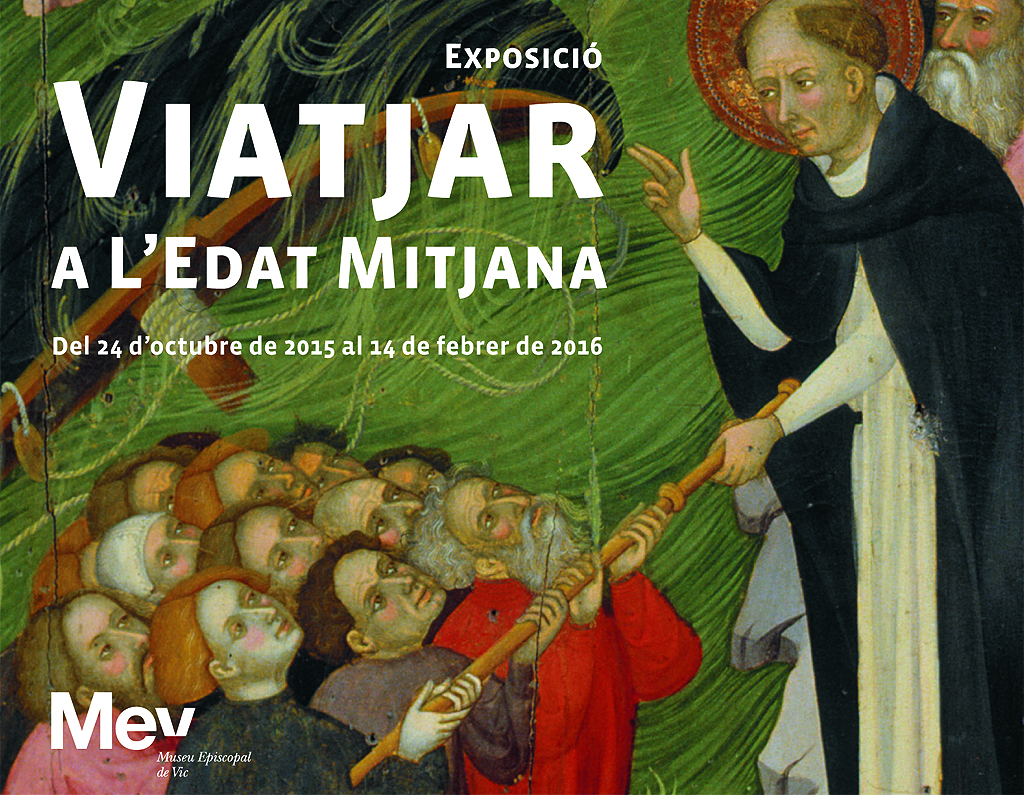
To be the curator and organiser of a temporary exhibition such as Travel in the Middle Ages brings with it a series of foreseen tasks in terms of the Planning, but also, it is clear, a number of unexpected experiences. These things make our work an always varied trade. Sometimes they cause concern but we can nearly always remember it with a smile.
First of all, it cannot be said that the preparation of Travel in the Middle Ages was particularly difficult, even though it is true to say that it was complex. We shared the project with three other European museums, the Musée de Cluny – Musée National du Moyen Âge in Paris, the Museo del Bargello in Florence and the Museum Schnütgen of Cologne. The idea was to give birth to a Network of Medieval Art Museums of Europe aimed at enabling and provoking the fascination for the medieval world. After quite a number of meetings, the directors established the theme for an exhibition in which the museums would collaborate closely together. It was decided that it would be exhibited in the museums of Paris, Florence and Vic. So far, so good: the will to collaborate, the theme and the management were all in place!
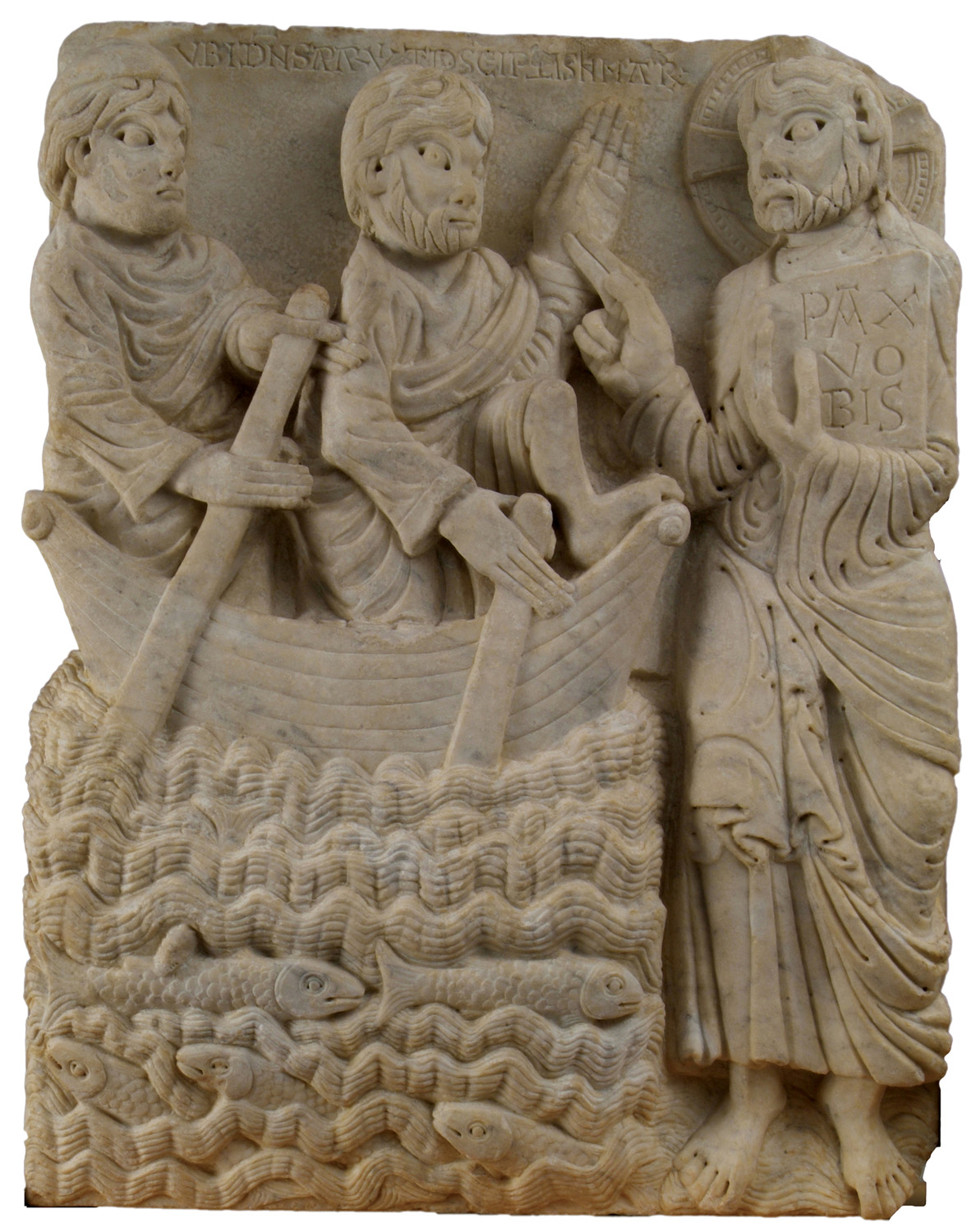
The first serious difficulty appeared when thinking about producing a coherent and valid project for the three museums that would put on the exhibition, a task which was commissioned to Michel Huynh, conservateur en chef in the Musée de Cluny; to Benedetta Chiesi, scientific collaborator of the Museo Bargello, and to me, myself. We immediately realised that the medieval journey was an excellent topic for a book (in fact many books have been written about this topic: we had to divide up the work very well if between the three of us we all wanted to read it!). But at the same time it was a much more complicated theme to reflect in an exhibition: the raw material of the journey is, essentially, the space travelled and the time elapsed, and the consequence, very often, are intangible experiences! So, did we therefore have to limit ourselves to exhibiting medieval images (paintings, reliefs, miniatures, tapestries, etc.) about histories or allegories of journeys or with representations of means of transport? Or, to focus on medieval art, an object of common interest, so, should we only select examples of possible artistic journeys, of those journeys that the art historians sometimes «invent» to justify a stylistic similarity or a documental gap? We weren’t convinced by any of this.
The solution was closer to us than we thought: in our identity as museums, that is to say, in the objects. Based on a meticulous observation of our own collections it was possible to construct a more complete discourse about different aspects of the travel in the Middle Ages, even with material tests and unique examples. Indeed, thanks to richness of the collections of the Network it was possible to get everything from a medieval shoe to a folding table from the 15th century, from an extraordinary Italian ceremonial saddle from the end of the Middle Ages to a pouch or bag for carrying money, so common in our image of the medieval world, but of which we have seen very few historical examples.
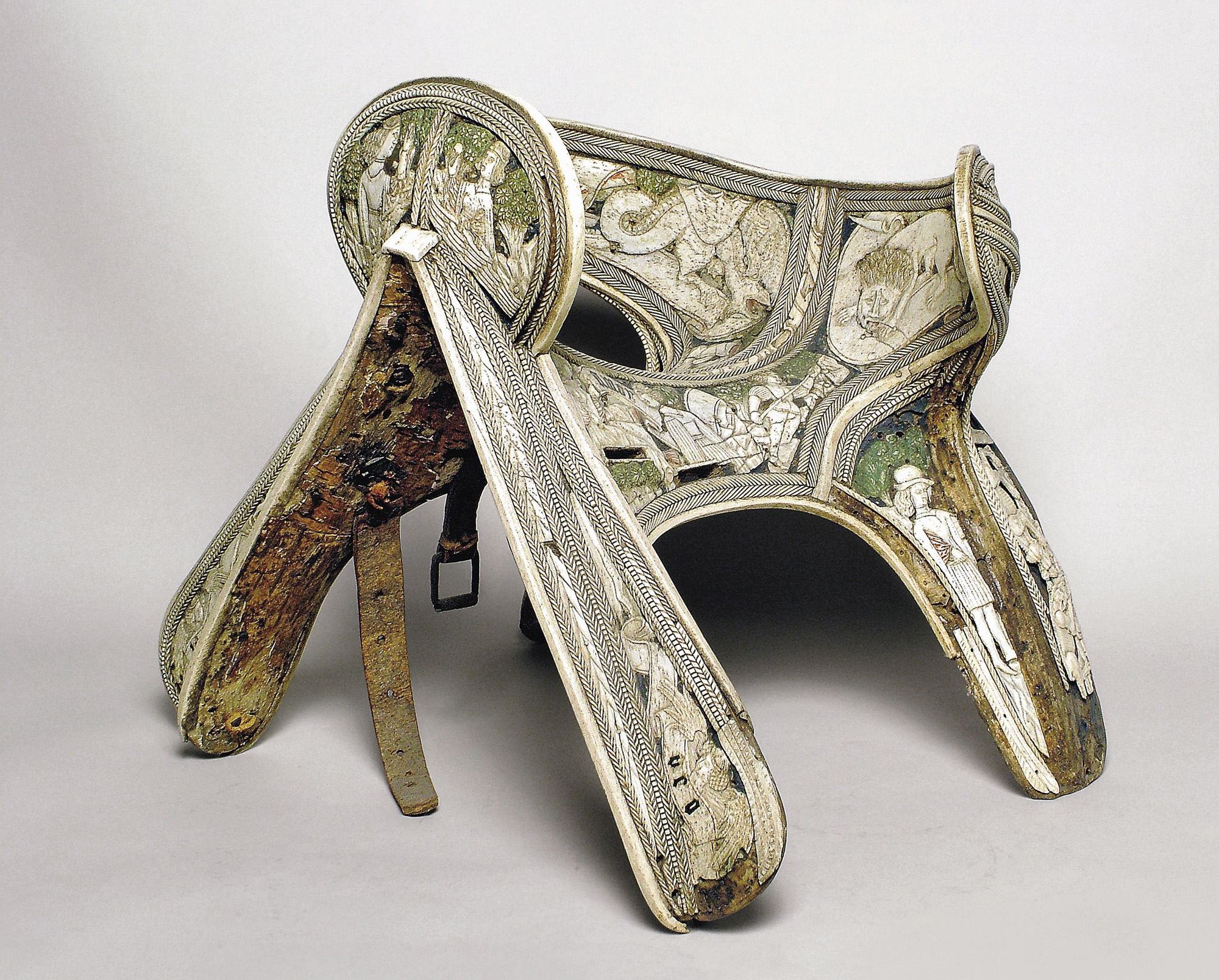
The second challenge was to create a possible exhibition: with a number of pieces adapted to the ones they were to receive, and not just planned as something travelling, because it would be very difficult to loan certain pieces for a year and a bit! The individual and joint work of the curators therefore allowed three variations to be conceived with equivalent loans from different institutions, but with the same intellectual structure and with a nucleus of objects from the four museums involved. A permanent testimony of this structure, the same and different at the same time, was provided by the catalogues published on each occasion: if the essays of the authors and the information sheets about the objects could vary, the introductory texts of the sections would always be the same, written by the curators.

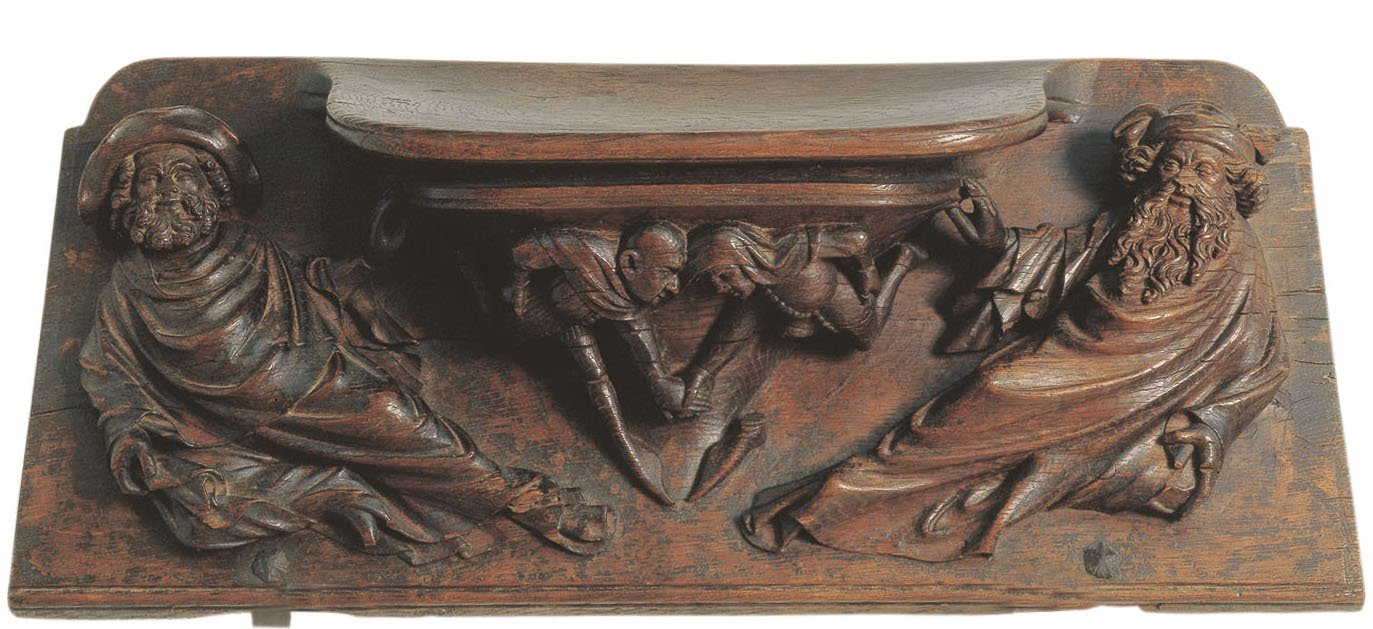
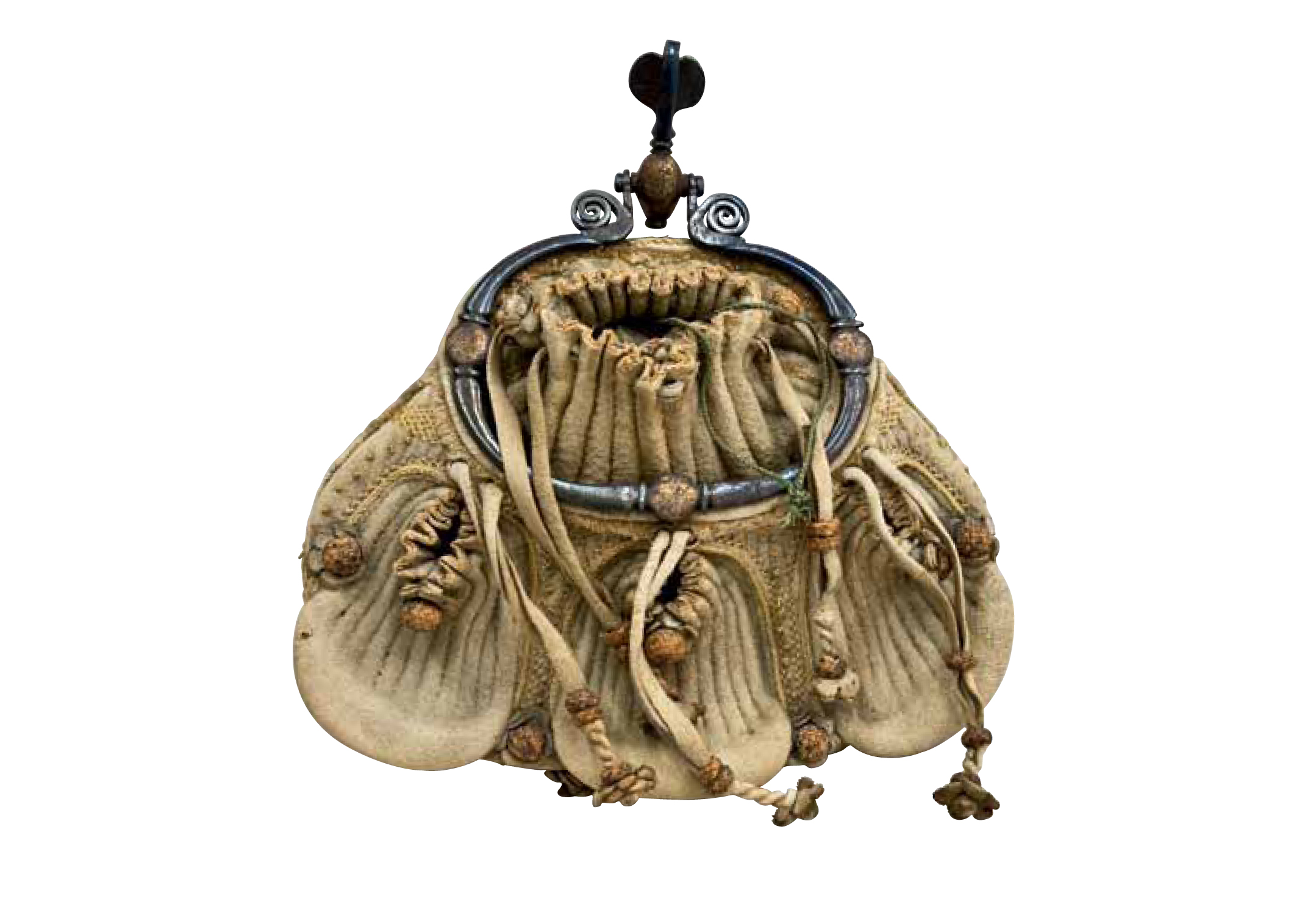
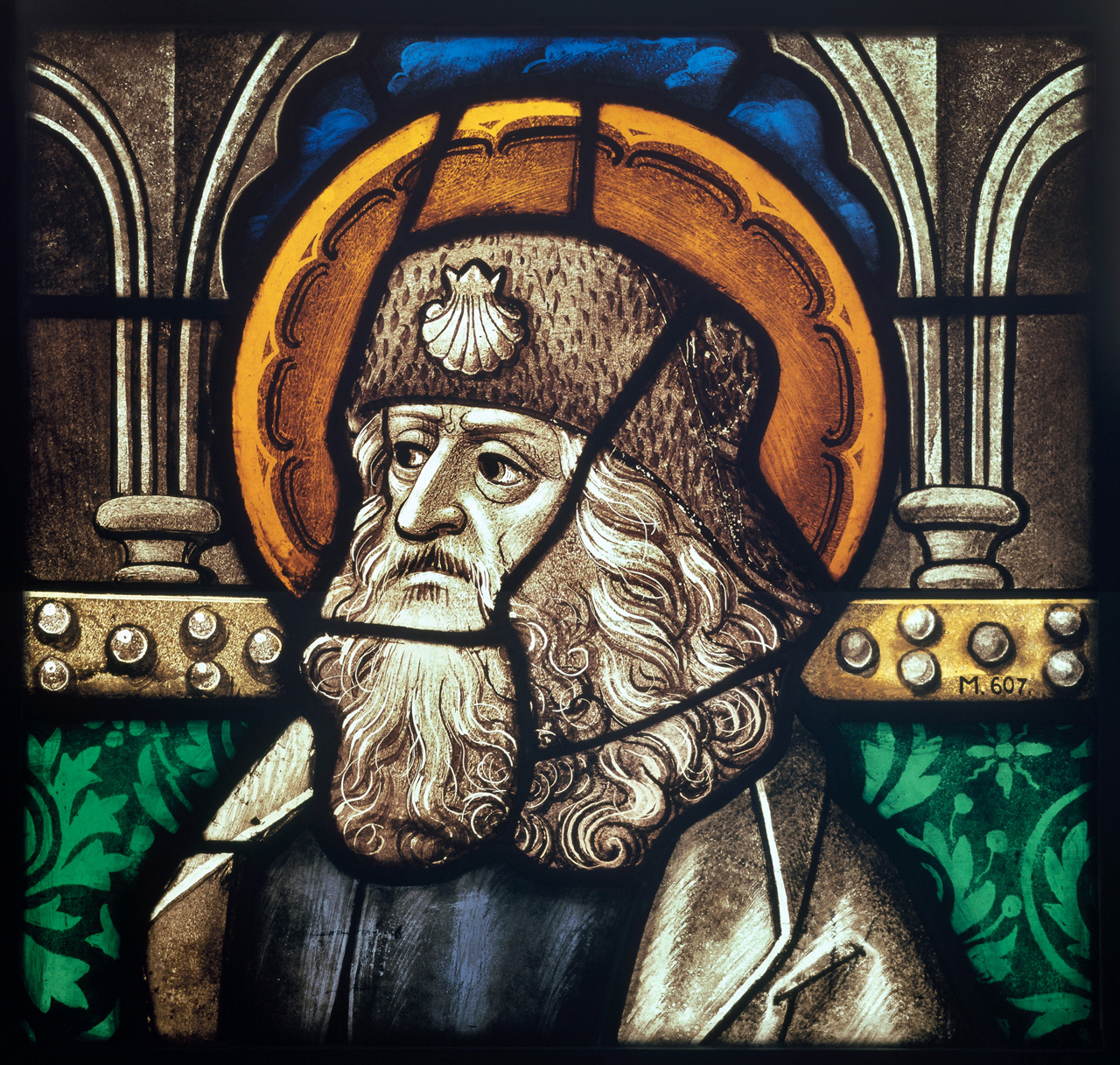
The idea isn’t to bore you now with the obligatory procedures and processes of these sorts of movements: correspondence, particular conditions, insurance, arrival of mails, certificates, etc., some of which, as is normal, made us suffer a little, but that in Vic, above all thanks to the effort of my colleague, Judit Verdaguer, coordinator of the exhibition, everything happily came to fruition. There have been some amusing episodes, as for example when Michel managed to get from Bilbao the loan of the pinassa d’Urbieta (the wreck of a ship). This initial satisfaction obliged him to pose a problem that nobody had ever been able to imagine: how to «moor» a 12-metre long ship from the 15th century in the middle of the frigidarium of the Termes de Lutècia? Or when discussing the design options: how would the organisation of the temporary room function which was totally different from anything we had done before? Would colours work to limit well the thematic sections, and, as proposed by the designer, Albert Vallverdú, to express the intangible passing of time, the raw material of the journey?
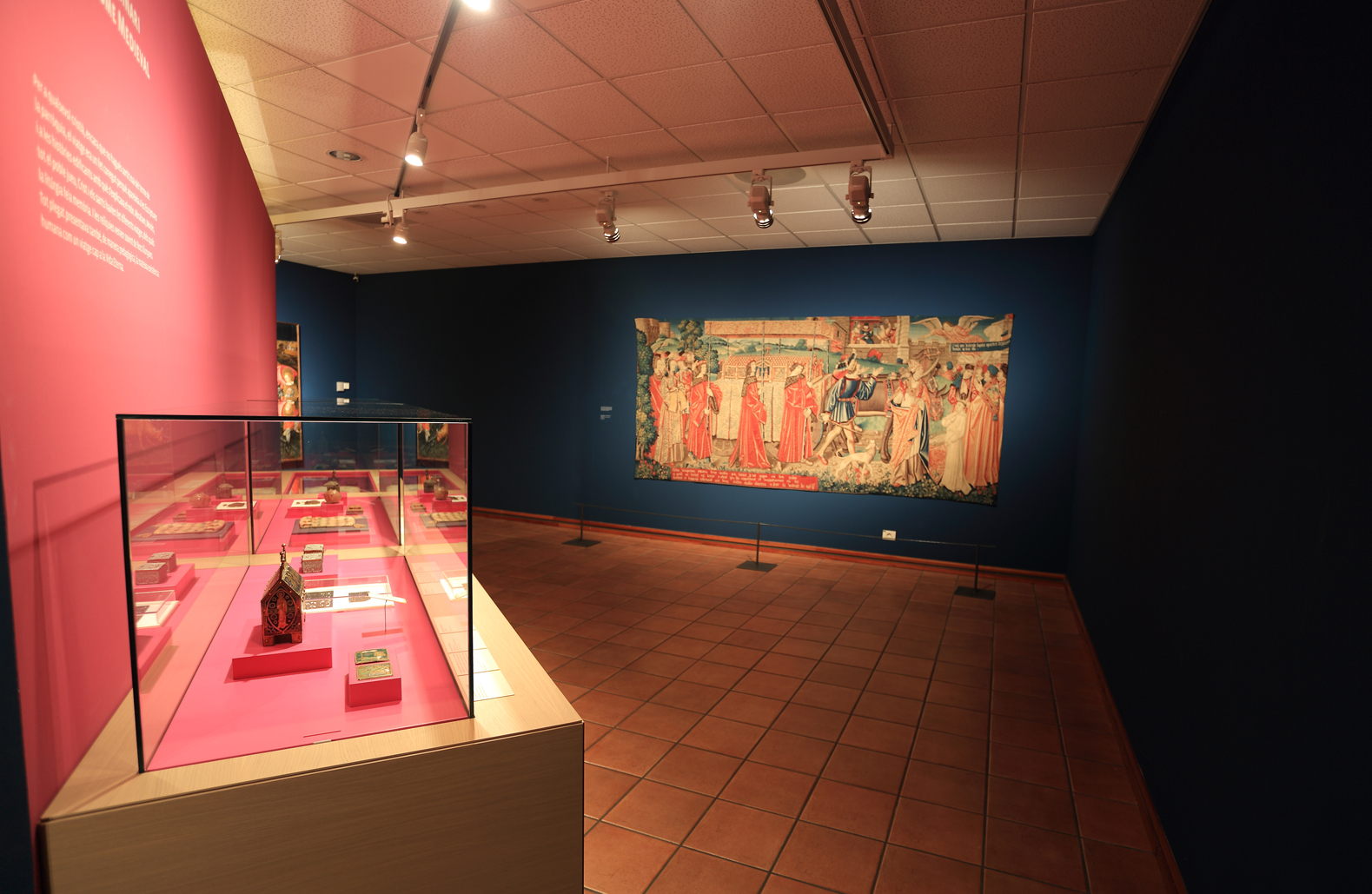

Of the whole of the movement and of some of the concerns, luckily what remains of the memories in the end is that of the good experiences:
– of the joint working meetings in Paris, Florence, Cologne or in Vic, giving shape to a project that would grow
– of the helping hand of the colleagues from the other museums when faced with a difficulty
– of the generosity of all those who loaned works
– of the invaluable collaboration of the European Institute of the Mediterranean when publishing and producing the catalogue and of organising the activities of complementary debates.
Experiences that, as I said at the beginning, we will remember with a smile.
But there will be time to remember by flicking through the catalogue. For the time being, and until 14th February, we will still be able to enjoy an exhibition about travelling in the Middle Ages with around one hundred objects, unique testimonies, some unsuspected, of medieval men and women who travelled more than we could have imagined. And not only that, but that in reality they are paradigmatic figures of our image of the Middle Ages. Or is it that the gentleman, the Croat, the pilgrim, the begging cleric, the merchant, the sovereign who solemnly enters the city, the artist who moves from one place to another, the sailor…., are also primordial icons of the medieval world?
Recommended links
Catalogue of the exhibition Travel in the Middle Ages
Exhibition Voyager au Moyen Âge in the Musée de Cluny
The MiddleAge on the Road_fondazione del Bargello
Marc Sureda. Conservator of the Museu Episcopal de Vic and curator of the exhibition Travel in the Middle Ages







